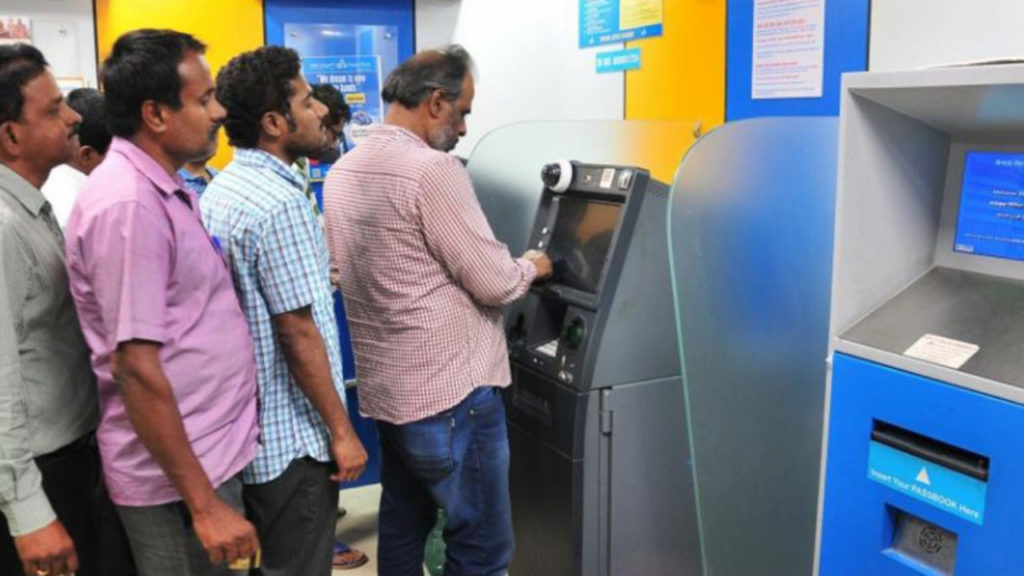
As per the recent decision by the central bank of India, RBI, the UPI’s use for the cash deposits at Automated Teller Machines (ATMs) has been permitted.
One Man’s Loss, Another Man’s Gain: Debit Card Vs UPI
This remarkable decision also poses questions on the relevance of debit cards in the future.
Once omnipresent and go-to method of one time, not so long ago, now struggles to keep up with its counterpart, UPI.
As per the data from the RBI, while the mobile payments have more than doubled over the past 3 years, the usage of debit cards for payments has remained stagnant whereas UPI has overshadowed the former.
As per the top brass in the digital payments infrastructure sector, this decision would transform the card-based transactions to fully digital and mobile payments.
There shall be no need to carry the debit cards to the deposit the cash at the Deposit Machines (CDMs). Simplifying the process, one now withdraw money from ATMs using UPI, simplifying the process.
From ₹150 lakh crore in 2021-22, the mobile phone payments have increased to approximately ₹307 lakh crore in 2023-24.
Notably, during the same period, the growth of payments made with debit cards have remained stagnant at around ₹31 lakh crore to ₹32.9 lakh crore over the same period.
With the start of millennium, debit cards gained prominence in India and its usage skyrocketing alongside the proliferation of ATMs over the past 25 years.
The Evolution of Payment Methods in India
As per the COO of TechFini, Atish Shelar, this move by RBI could signal the end of the debit card era, with their usage possibly limited to international transactions in the coming years.
As per the Chief Financial Officer of NTT Data Payment Services India, Rahul Jain, there has been a surge in mobile-based transactions which is primarily driven by the convenience of UPI.
He opines that the need for physical cards, especially for low-value transactions, will diminish, further reducing debit card usage.
He noted that the same is a positive step towards lowering the costs associated with debit cards. He also speculates on the potential replacement of debit cards by UPI if international players like Mastercard and Visa integrate with the UPI system.
The impact of the increased popularity of UP shall be on the ATMs, which would potentially le Chief Financial Officer of NTT Data Payment Services India ading to their decline as merchants take over cash withdrawals and deposits.
Overall, the transition towards digital and mobile payments seems inevitable, reshaping the landscape of the payment industry in India.
Summary:
The Reserve Bank of India (RBI) authorized the use of UPI for cash deposits at ATMs, questioning the future relevance of debit cards. While mobile payments have more than doubled in three years, debit card usage has stagnated. Experts suggest this move could diminish debit card use, signaling a shift towards fully digital and mobile payment methods in India.













